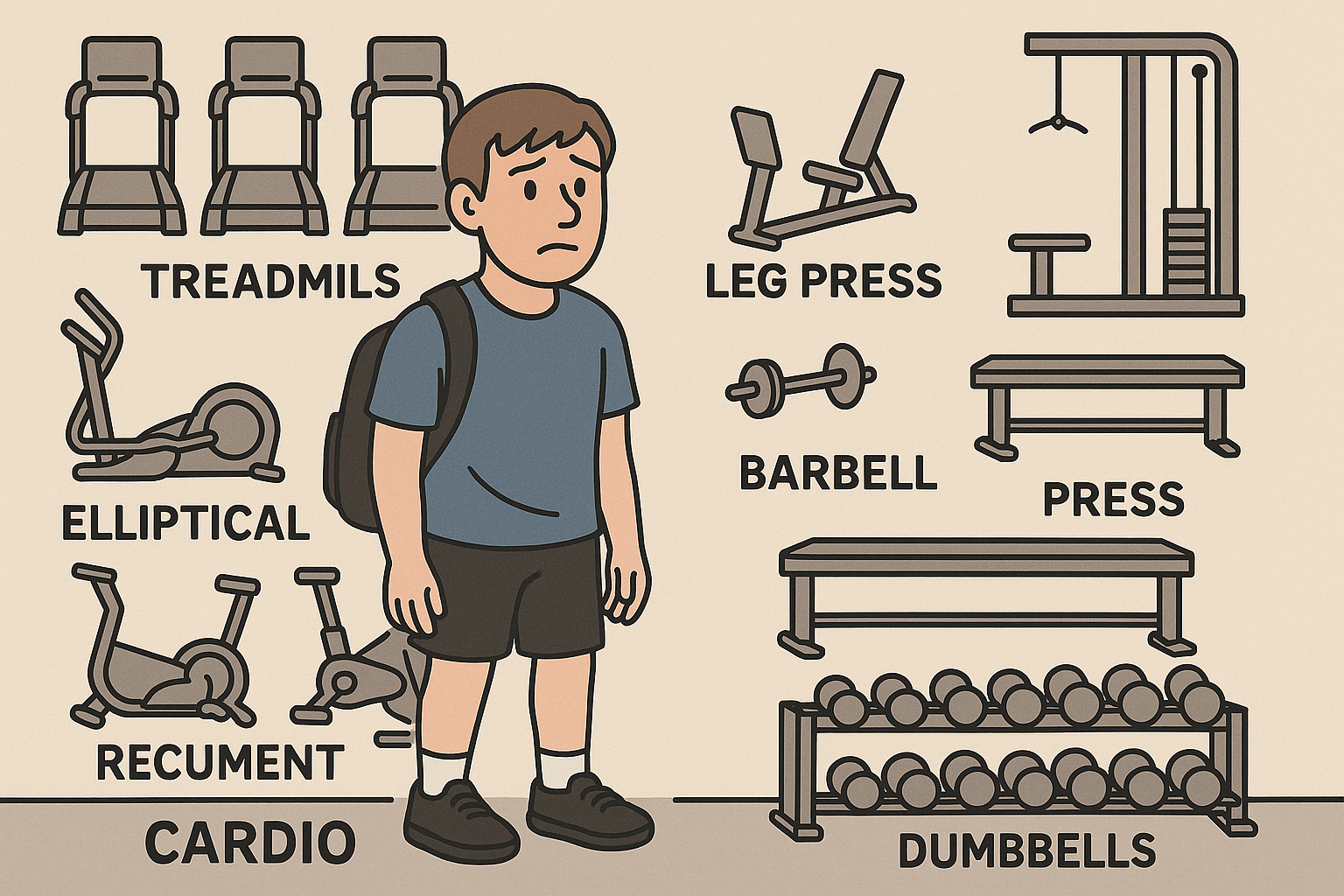Entering a gym for the first time can feel like landing on Mars—alien equipment, unfamiliar lingo, and a swirling mix of excitement and anxiety. After coaching hundreds of absolute beginners and stumbling through my own rookie mistakes 15 years ago, I’ve distilled a fresh, counterintuitive roadmap that closes overlooked gaps and ignites critical thinking.
This guide doesn’t just show you how—it makes you wonder why, inviting you to design a philosophy of fitness that’s uniquely yours.
- Shock Factor: 75% of gym memberships go unused after one month—and it’s rarely about motivation or time. The real culprit is unaddressed mindset friction that makes the gym feel hostile rather than empowering.
- Direct Answer: Lasting gym success hinges on progressive familiarization—treating the gym as a territory to conquer mentally before physically.
- Wow Promise: By reframing “failure,” mastering an evidence-based habit framework, and using personalized “victory definitions,” you’ll outlast 90% of beginners and cultivate self-discovery within the iron jungle.
Key Takeaways
- Transform anxiety into confidence through the Observation Workout before touching any weights
- Apply the 3-2-1 Confidence System: three victory types, two reflective questions, one non-negotiable rule
- Build movement quality via bodyweight mastery to prevent injury and amplify gains
- Leverage the 5-Minute Rule and systems-thinking to sidestep motivation slumps
- Embrace progressive familiarization (not overload) for month-one adaptability
- Create your personal Victory Definition to outthink plateaus
The Hidden Psychology of Gym Success
Most beginner content skips the mental map. Your brain treats a new gym like a wilderness fraught with threats—fight-or-flight hijacks logical thought, leading you back to the comfort of your couch. True confidence arises from repeated, low-stakes exposure that reshapes neural pathways.
Breaking the Intimidation Cycle
On Day 1, I hovered at the treadmill waiting area for 30 minutes—too intimidated to venture near free weights. Yet everyone was immersed in their own session, not judging mine. The shift from intellectual acceptance to emotional ease comes from familiarity, not bravado.
The Observation Workout
A three-visit mission that neutralizes novelty stress:
Visit 1: Territory Mapping
Walk the gym during off-peak and peak hours. Note equipment clusters, traffic flow, and unwritten etiquette.
Visit 2: Equipment Reconnaissance
Watch peers set up and use machines. Note weight ranges, correct form cues, and adjust mechanisms.
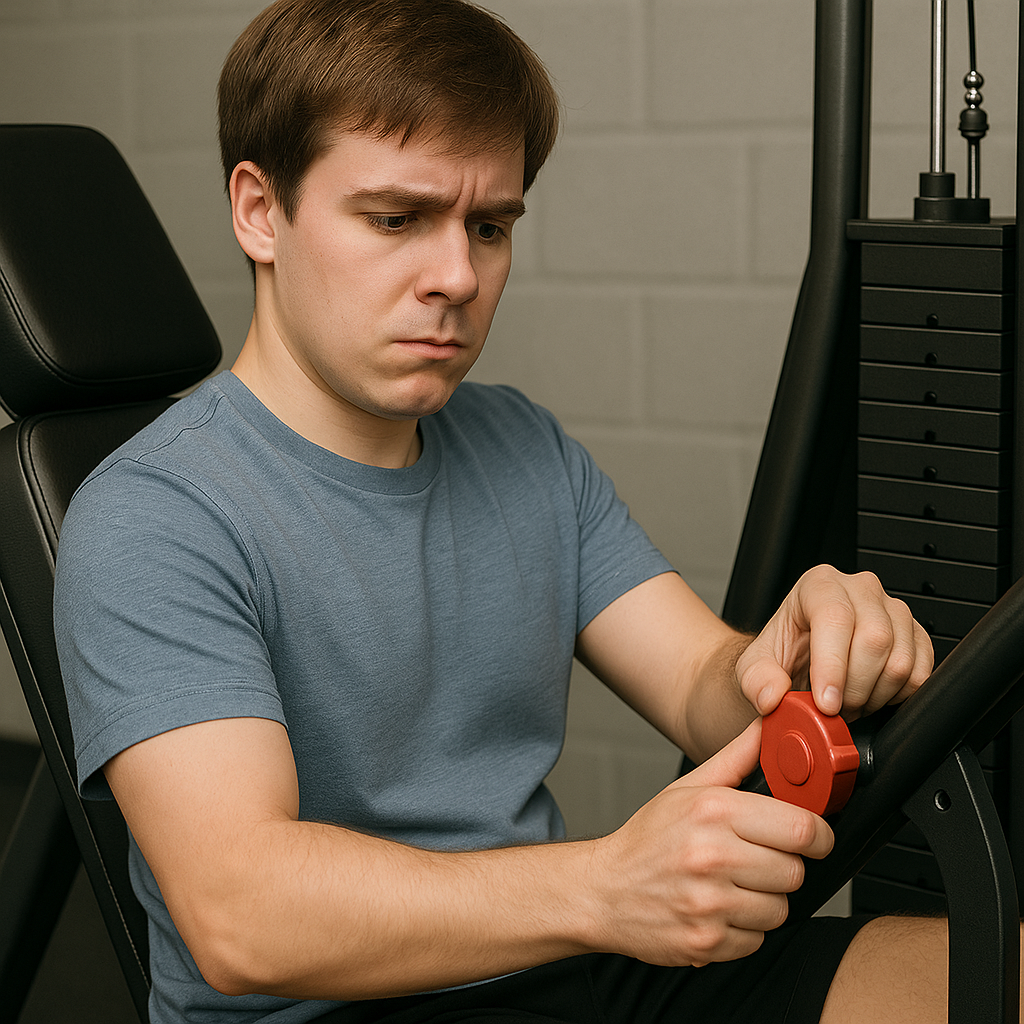
Visit 3: Dry Run Practice
Practice seat height and lever adjustments without resistance. Ask one simple question to staff or a veteran member. Plan your first real workout.
This approach transforms overwhelming anxiety into productive familiarity and helps you develop the confidence needed for long-term fitness success.
The 3-2-1 Confidence Building System
Revolutionary Mindset Blueprint
3 Victory Types
Arrival Victory: You entered the gym
Action Victory: You completed any movement
Quality Victory: You prioritized proper form
2 Reflective Questions
“What did my body teach me today?”
“What felt surprisingly good?”
1 Non-Negotiable Rule
Never judge your Day 1 performance by Day 100 standards.
Movement Mastery: Quality Over Quantity
Before loading barbells, learn to speak the language of movement.
Week 1–2: Bodyweight Foundation
Squats, lunges, push-up variations, planks, assisted pulls
Focus on depth, alignment, scapular control, and rib-hip position
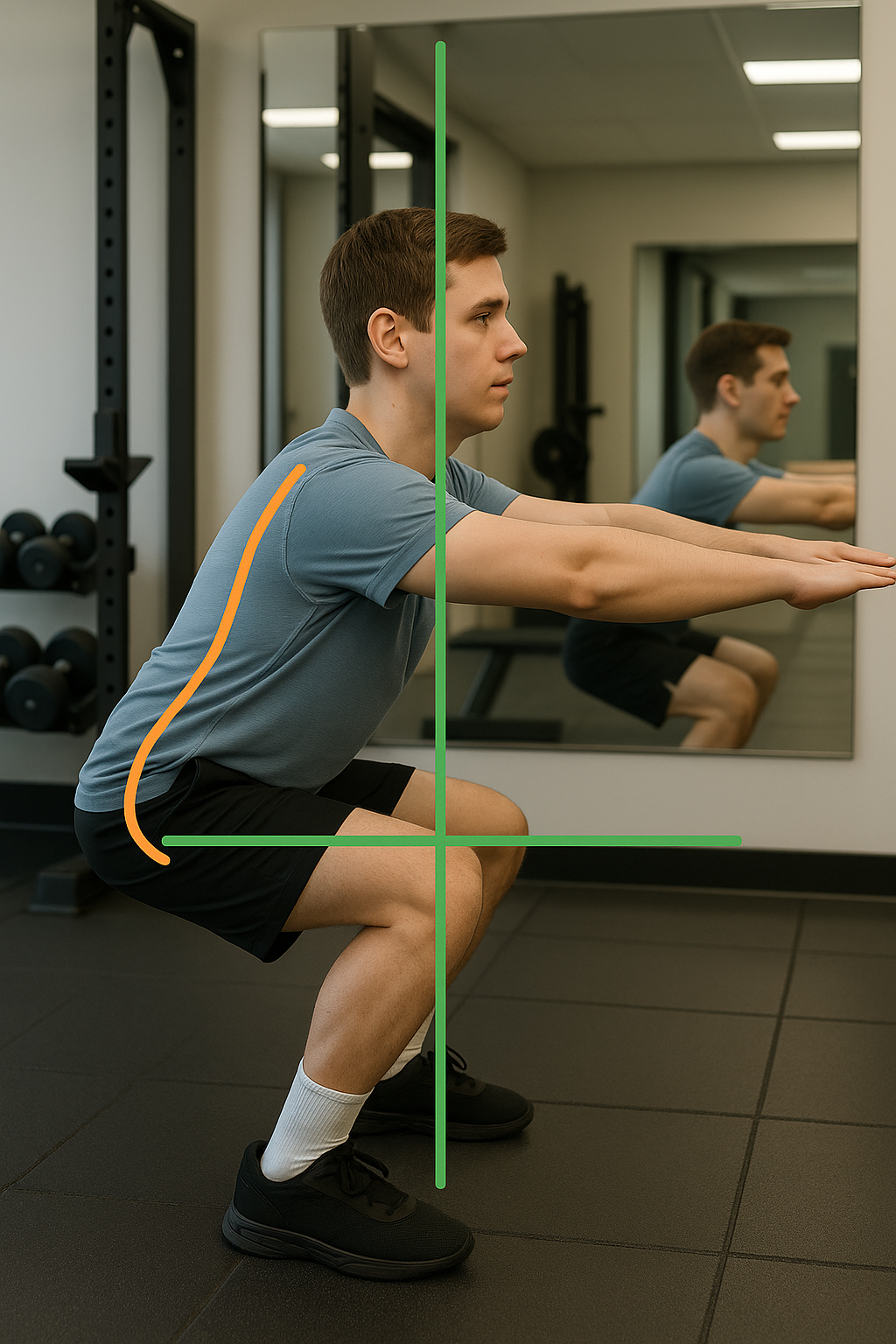
Week 3–4: Light Resistance Integration
Add light dumbbells or machine settings
Emphasize full range, smooth tempo, and breathing sync
Understanding how to set realistic fitness goals during this phase is crucial for maintaining momentum and avoiding the common beginner trap of unrealistic expectations
Progressive Familiarization Roadmap
True beginners thrive on environmental fluency before heavy lifting. This 8-week timeline guides your evolution:
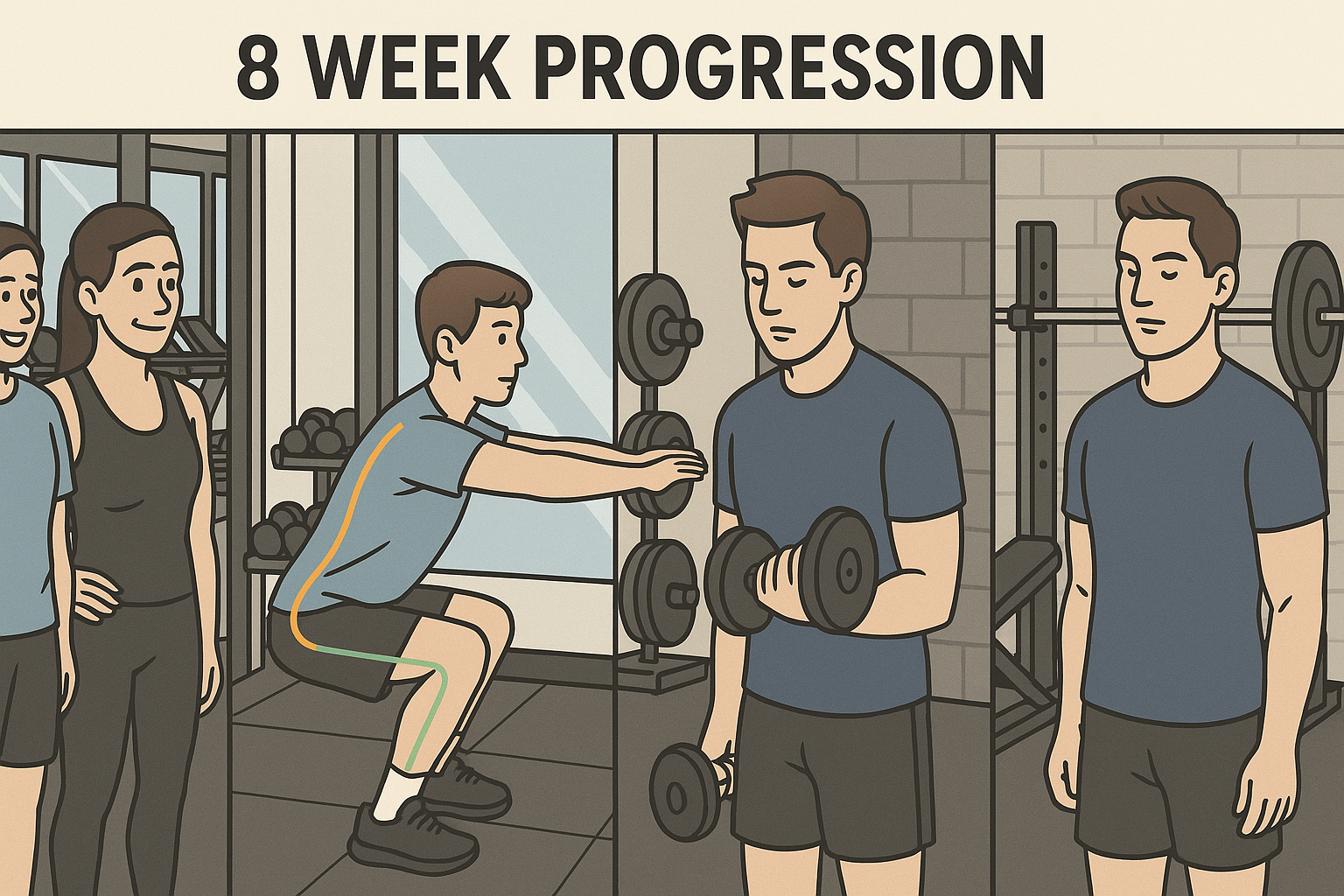
Weeks 1–4: Comfort Building
15-minute visits count.
Learn routes: water fountain, towel station, exit.
Weeks 5–8: Routine Development
Structured 3-day split with flexibility windows.
Introduce progressive overload principles in small increments.
The Equipment Decoder: Navigating Gym Tools Like a Pro
Machine vs. Free Weight Strategy for Beginners
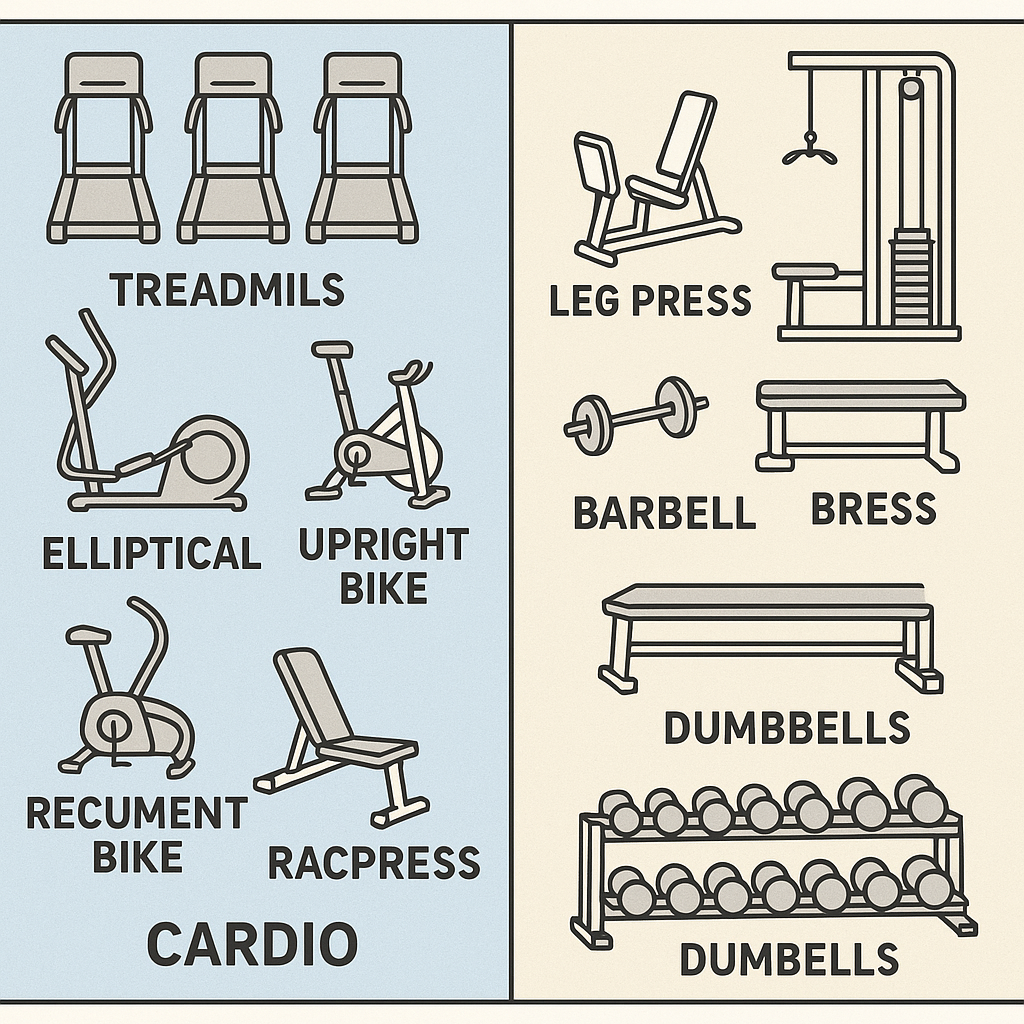
Machines aren’t “inferior” to free weights—they’re educational tools620. Start with machines to learn movement patterns safely, then progress to free weights as your confidence and coordination improve2211. This systematic approach helps you understand essential gym equipment without feeling overwhelmed2017.
Machine Advantages for Beginners:
When to Progress to Free Weights:
The key is understanding that balancing cardio and strength training requires a strategic approach that most beginners overlook2722.
Smart Technology Integration: Your Digital Gym Companion
Apps and Wearables That Actually Help
While fitness tracking can be motivating, it can also become obsessive910. Focus on these beginner-friendly tech tools that support rather than complicate your journey:
Essential Apps:
Form-checking video apps for exercise technique2911
Avoid These Common Tech Traps:
Calorie counting in your first month (creates unhealthy obsession)931
Complex workout programming apps (overwhelming for beginners)810
Understanding how to stay motivated to work out often comes down to removing barriers, not adding more data to analyze913.
Progressive Familiarization: The Secret to Sustainable Progress
Beyond Progressive Overload
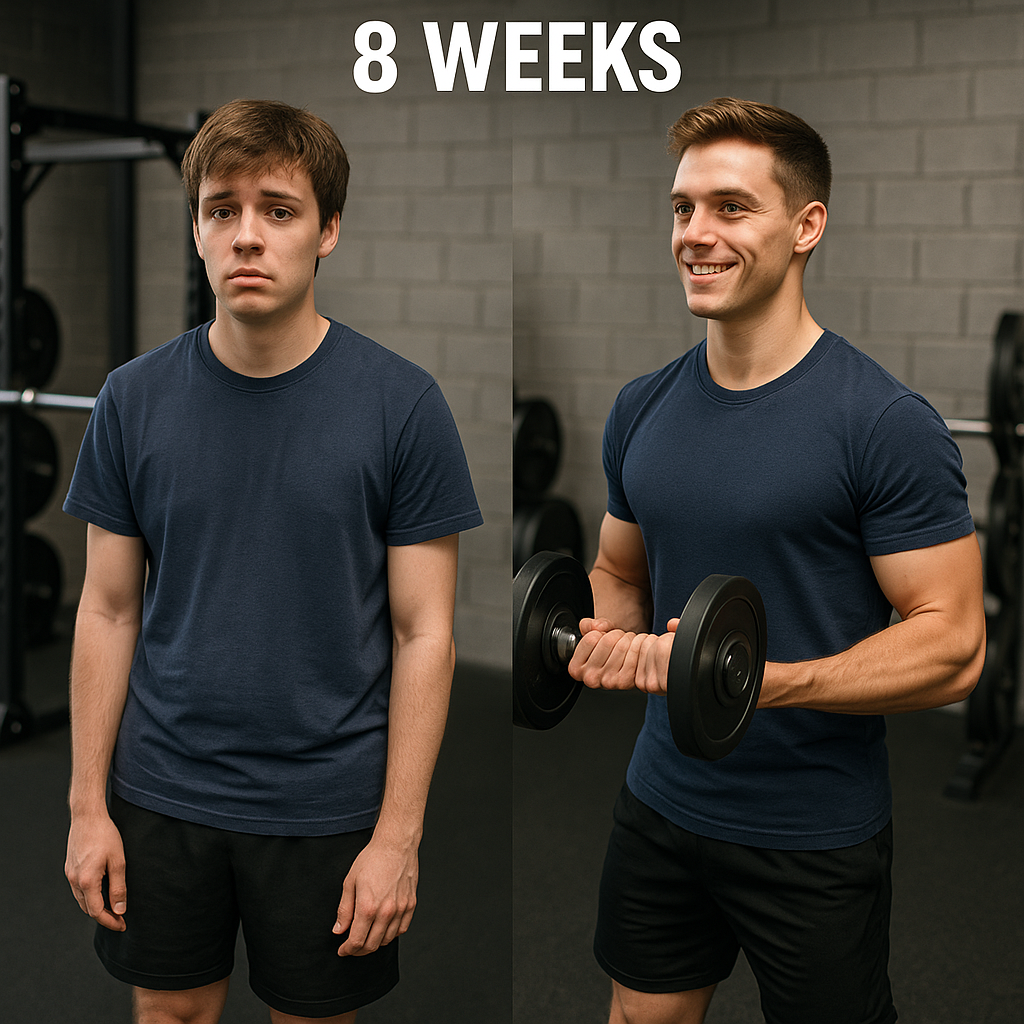
Everyone talks about progressive overload, but beginners need progressive familiarization first. This means gradually increasing your comfort level with the gym environment, not just the weights.
Month 1: Comfort Building
Consistent gym attendance (even 15-minute visits count)
Equipment familiarity without performance pressure
Establishing pre and post-workout routines
Building relationships with staff and regular members
Month 2: Routine Development
Structured workout plans with flexibility
Introduction of progressive overload principles
Recovery pattern recognition
Goal refinement based on actual experience
Learning how to recover from workouts becomes crucial knowledge for maintaining consistency and preventing burnout.
Recovery and Injury Prevention: The Beginner’s Advantage
Understanding Your Body’s Signals
New exercisers have a unique advantage: their body provides clear feedback because everything is novel. Learn to distinguish between productive muscle fatigue and potential injury signals early in your journey.
Normal Beginner Sensations:
Muscle soreness 24-48 hours post-workout
Mild fatigue during exercise progression
Increased appetite and sleep needs
Initial coordination challenges
Warning Signs to Address:
Sharp or shooting pains during exercise
Joint discomfort that worsens with movement
Persistent soreness beyond 72 hours
Headaches or dizziness during workouts
Understanding the best ways to boost your metabolism naturally helps optimize recovery and energy levels throughout your fitness journey.
Creating Your Personal Motivation System
The Anti-Motivation Approach
Motivation is unreliable. Instead, build systems that work regardless of how you feel. Research shows that successful long-term exercisers rely on habits and systems, not fleeting motivation.
The 5-Minute Rule:
Commit to just 5 minutes at the gym. Usually, you’ll stay longer, but even if you don’t, you’ve maintained the habit. This removes the “all or nothing” pressure that destroys beginner consistency.
Environment Design:
Pack your gym bag the night before
Choose a gym location that’s convenient, not prestigious
Schedule workouts like important appointments
Create accountability through gym buddy partnerships
Developing healthy habits for long-term fitness success requires understanding that motivation gets you started, but habits keep you going.
Advanced Beginner Strategies: Month 2 and Beyond
When to Level Up Your Training
These signals indicate you’re ready for more advanced programming:
You can complete your current routine without extreme fatigue
Exercise form remains consistent even when tired
You look forward to gym sessions more often than you dread them
You’ve established 3-4 weeks of consistent attendance
Progression Options:
Increase workout frequency (not intensity)
Add compound movements to your routine
Introduce periodization concepts
Experiment with different training styles
Learning about different types of fitness training helps you make informed decisions about your long-term fitness path.
Common Beginner Mistakes and How to Avoid Them
The “Too Much, Too Soon” Syndrome
The biggest beginner mistake isn’t technique-related—it’s trying to make up for years of inactivity in weeks. This leads to burnout, injury, and eventually quitting.
Instead of: “I’ll work out 6 days a week to see faster results”
Try: “I’ll establish a 3-day routine I can maintain for 6 months”
Instead of: “I’ll cut calories drastically and exercise intensely”
Try: “I’ll focus on movement quality and gradually improve nutrition”
Instead of: “I’ll copy the workout I saw on Instagram”
Try: “I’ll master basic movements before adding complexity”
Understanding common workout mistakes beginners make helps you avoid the pitfalls that derail most fitness journeys.
The Anti-Motivation Habit Hack
Motivation wanes, but systems endure.
The 5-Minute Rule: Commit to just five minutes at the gym. Almost always you’ll go longer, but habit remains intact even if you don’t1.
Environment Design:
Pack your gear the night before
Choose proximity over prestige
Block workout slots like meetings
Align with a gym buddy for accountability
Integration of Technology—Use Wisely
Avoid early data overload. First month, skip obsessive metrics. Use apps for form checks and basic logging. Delay calorie counting and social comparisons until you’ve built gym self-efficacy.
Highly Relevant YouTube Video Guide
Watch a step-by-step visual primer that demystifies your first gym visits, equipment navigation, and foundational exercises, accelerating your confidence and competence:
Conclusion: Your Journey Begins Now
This guide reframes the gym from battleground to laboratory, where you’ll experiment, learn, and evolve. By mastering mental mapping, movement fundamentals, and habit systems, you’ll forge a fitness trajectory that outlasts fleeting motivation. Your strongest rep isn’t on a barbell—it’s the commitment to continuous, curious self-improvement.
Go ahead: plan your Observation Workout. Then, for your Day 1 in the gym, answer, “What assumptions am I bringing in?” That humble journaling exercise outperforms any workout in preventing dropout—and it’s where true transformation begins.
References:
- https://www.wellandgood.com/best-beginner-workouts-youtube/
- https://www.youtube.com/watch?v=9PJQ20zVnVo
- https://ppl-ai-file-upload.s3.amazonaws.com/web/direct-files/attachments/77179488/5906ad8f-3801-4b12-844f-9edbecb346c2/paste.txt
- https://ppl-ai-file-upload.s3.amazonaws.com/web/direct-files/attachments/77179488/01d64b13-e095-4b27-96fa-8cb52fc1395b/paste-2.txt
- https://www.youtube.com/watch?v=EKUNGQ4LmH8
- https://www.youtube.com/playlist?list=PLbhz5uKmY8cGUmxesyvKTSU9OUZFdRwwb
- https://www.youtube.com/watch?v=U9ENCvFf9yQ
- https://www.youtube.com/playlist?list=PLIdnIYrStlW9eerF-StrCzwyueioVdQZC
- https://www.youtube.com/watch?v=PPBZcXyhH_M
- https://www.youtube.com/watch?v=ixkQaZXVQjs
- https://www.menshealth.com/fitness/a19530100/gym-workout-for-beginners/
- https://www.youtube.com/watch?v=qLCGWGJ89So

Dianne Pajo is a Certified Personal Trainer based out of the Chicagoland area with a passion for music, combat sports, and animals. She enjoys competing in amateur boxing and kickboxing, but in her other leisure time, you can find her performing music around the city. She is also a dog mom of 2.

